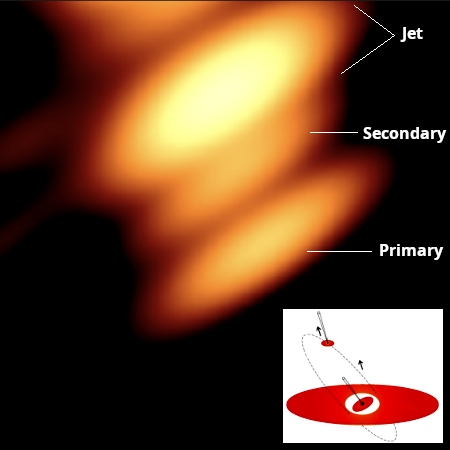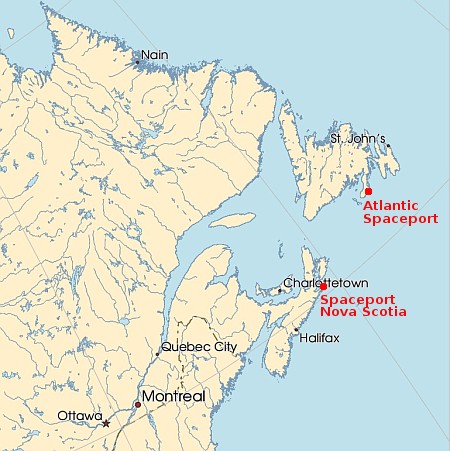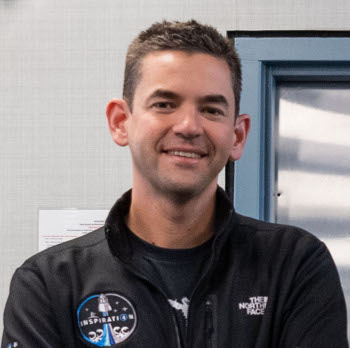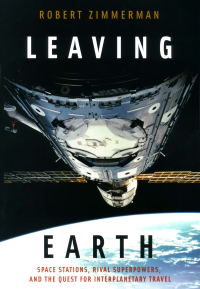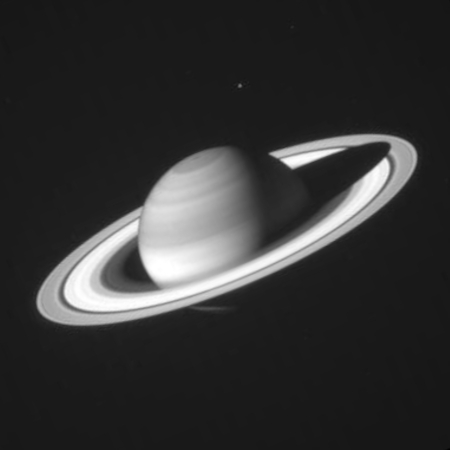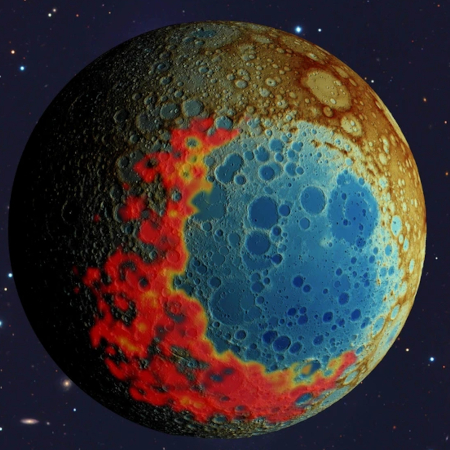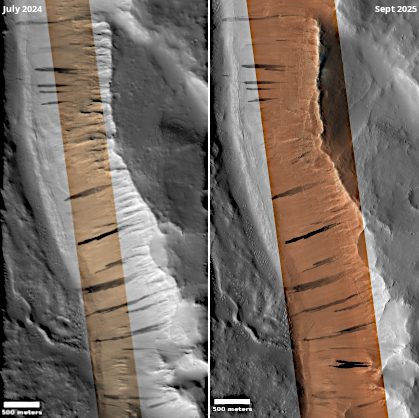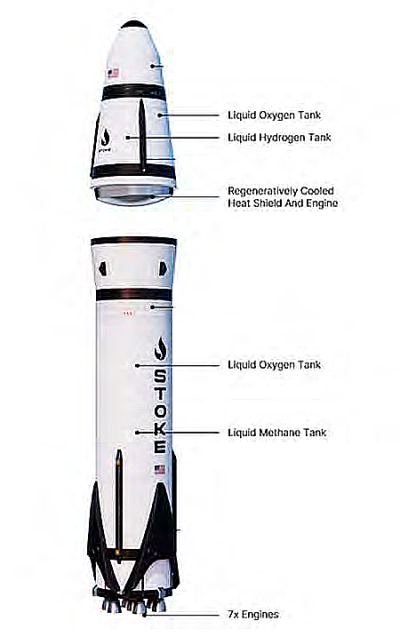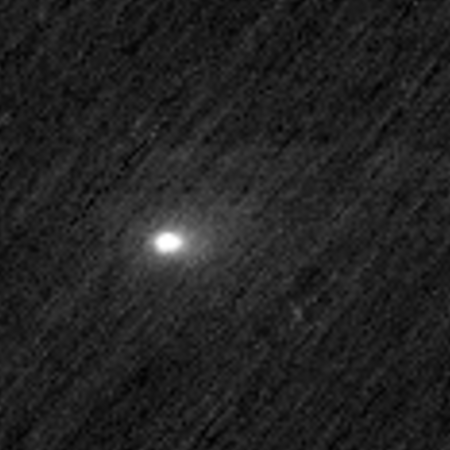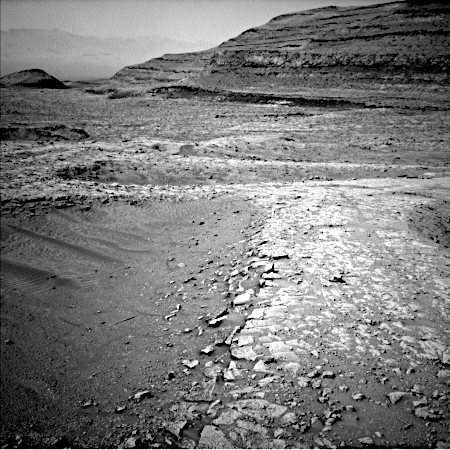Orbital tug company Momentus gets two NASA contracts
The orbital tug startup Momentus yesterday announced that NASA has awarded it two contracts worth $7.6 million total to fly two experimental NASA payloads on its Vigoride tug.
One payload will test “test the ability to make semiconductor crystals in microgravity”, while the second will “test a rotating detonation rocket engine, a propulsion system designed to provide higher efficiency than traditional engines.” In this case the propellants used will be nitrous oxide and ethane.
Both will fly on the same Vigoride tug on a mission to be launched no earlier than October 2026. Momentus also says there is room for additional payloads on that mission.
It appears the increase in the number and launches of rockets has actually hurt the orbital tug business:
Momentus is among several companies that developed orbital transfer vehicles, or OTVs, like Vigoride to ferry spacecraft between orbits. They are designed to provide last-mile delivery to specific orbits for spacecraft launched on rideshare missions such as [SpaceX’s] Transporter [launches]. However, demand for such services has been slower to materialize than expected. “Candidly, that part of the market has not developed as much as people thought, say, five years ago,” [said John Rood, Momentus’ chief executive] during a panel at World Space Business Week in September. “The reason is many small manufacturers are multi-manifesting satellites to deploy a single plane with a single launcher.”
As a result, Momentus has focused on getting technology demonstration contracts such as the two above, with the tug acting more like a service module.
The orbital tug startup Momentus yesterday announced that NASA has awarded it two contracts worth $7.6 million total to fly two experimental NASA payloads on its Vigoride tug.
One payload will test “test the ability to make semiconductor crystals in microgravity”, while the second will “test a rotating detonation rocket engine, a propulsion system designed to provide higher efficiency than traditional engines.” In this case the propellants used will be nitrous oxide and ethane.
Both will fly on the same Vigoride tug on a mission to be launched no earlier than October 2026. Momentus also says there is room for additional payloads on that mission.
It appears the increase in the number and launches of rockets has actually hurt the orbital tug business:
Momentus is among several companies that developed orbital transfer vehicles, or OTVs, like Vigoride to ferry spacecraft between orbits. They are designed to provide last-mile delivery to specific orbits for spacecraft launched on rideshare missions such as [SpaceX’s] Transporter [launches]. However, demand for such services has been slower to materialize than expected. “Candidly, that part of the market has not developed as much as people thought, say, five years ago,” [said John Rood, Momentus’ chief executive] during a panel at World Space Business Week in September. “The reason is many small manufacturers are multi-manifesting satellites to deploy a single plane with a single launcher.”
As a result, Momentus has focused on getting technology demonstration contracts such as the two above, with the tug acting more like a service module.

